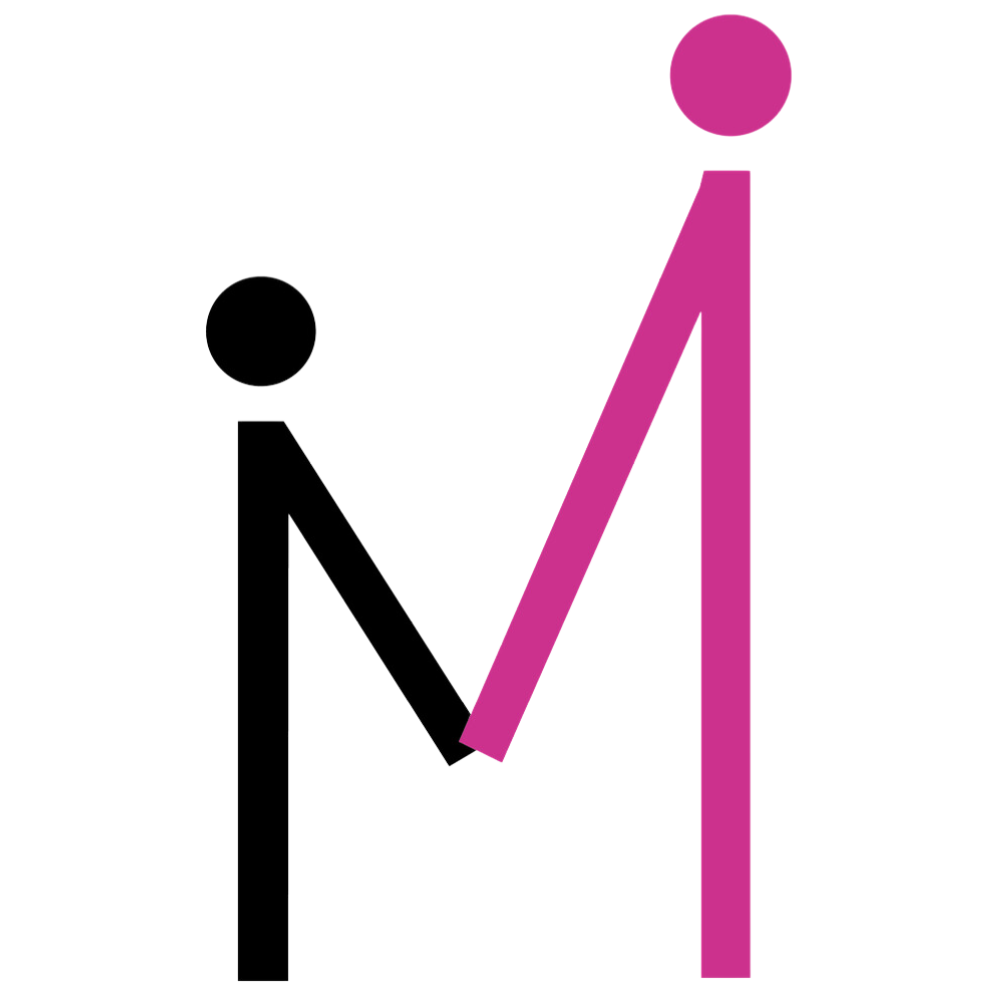As parents, we want nothing but the best for our children. We cheer them on at every milestone, hug them through their tears, and celebrate their victories—big and small. But let’s face it, navigating childhood can sometimes feel like trying to solve a Rubik’s Cube blindfolded. Kids can face challenges that may leave them feeling overwhelmed, anxious, or just plain stuck. So how do we know when it’s time to consider therapy for children? And how do we take that first step?
Let’s dive into this topic with warmth, understanding, and a sprinkle of humor, because parenting is as much about laughter as it is about tears!
Recognizing the Need for Therapy for Children
Now, before we rush into finding a therapist, let’s take a moment to talk about what therapy for children can really help with.
Kids often don’t have the language to express what they’re feeling, and sometimes their behavior can speak volumes.
Here are some signs that your child might benefit from therapy:
- Emotional Distress: If your little one is experiencing prolonged feelings of sadness, anxiety, or irritability that seem to linger longer than the Thanksgiving leftovers, it may be time to consider therapy for children.
- Behavioral Changes: Has your child suddenly turned into a different person? If they’re withdrawing from friends, throwing tantrums, or having mood swings that would make a roller coaster jealous, that’s a clue!
- Coping with Change: Life throws curveballs—moving to a new house, changes in family dynamics, or even the loss of a beloved pet. If your child seems to be struggling with adjustments, therapy for children can provide them with the support they need to navigate these transitions.
- Academic Challenges: If your child’s grades are slipping faster than your phone battery during a Netflix binge, it might be time to look into therapy. Difficulty concentrating or a lack of interest in school can indicate underlying emotional issues.
- Behavioral Issues: Persistent problems like aggression, defiance, or being unable to follow rules could signal that therapy for children would be beneficial. It’s all about finding healthier ways to express those big feelings!
- Physical Symptoms: Sometimes, emotional issues can manifest physically. If your child is complaining of frequent headaches, tummy aches, or other unexplained physical symptoms, that might be a sign that they need to talk to someone.
How to Get Started with Therapy for Children
So, you’ve spotted some signs and you think, “Hmm, maybe it’s time to get some help.”
Well, here’s how to get started with therapy for children, and trust us, it’s not as scary as it might sound!
- Talk to Your Child: Before you dive into the therapist pool, have a heart-to-heart with your child. Ask them how they’re feeling. It’s important for them to know they’re heard and that talking about emotions is completely normal.
- Seek Recommendations: Chat with your pediatrician, school counselor, or friends who may have experience. They can recommend therapists who specialize in therapy for children, and that’s where you want to start!
- Do Your Homework: Research potential therapists. Look for those who focus on therapy for children and read reviews from other parents. You want someone who has experience with kids and their unique challenges.
- Schedule a Consultation: Many therapists offer a first meeting to see if they’re a good fit for your child. This is your chance to ask questions about their approach to therapy for children. Feel free to bring your list!
- Involve Your Child in the Process: If your child is old enough, involve them in choosing their therapist. Having a say can ease any anxiety they may feel about starting therapy.
- Set Realistic Expectations: Remember, therapy is a journey, not a sprint. It might take some time to see progress, and that’s perfectly okay. Keep the lines of communication open with your child about their experiences.
Frequently Asked Questions
Let’s tackle some common questions that parents often have about therapy for children. Because let’s be honest, there’s a lot of info out there, and it can be overwhelming!
What type of therapy is best for children?
The best type of therapy depends on your child’s specific needs. Cognitive-behavioral therapy (CBT) is often great for anxiety and depression, while play therapy can be wonderful for younger children.
A professional can help determine the right approach for your child.
How do I know if my child needs a therapist?
If your child is showing signs of emotional distress, behavioral changes, or is struggling to cope with life’s challenges, it may be time to explore therapy for children.
Trust your instincts as a parent—you know your child best!
What age should a child see a therapist?
Children can benefit from therapy at any age. There’s no magical number! It’s all about their individual needs and feelings.
If you sense they’re having a tough time, it’s never too early to seek support.
What does a therapist do for kids?
Therapists for children create a safe, supportive space where kids can express their feelings and learn coping strategies.
They might use play, art, or talk therapy to help kids understand their emotions and develop healthier ways to handle them.
Final Thoughts
Deciding whether to seek therapy for children can feel like an overwhelming task, but it’s also a brave and important step toward supporting your child’s emotional health.
Remember, you’re not in this alone—many parents face similar challenges, and there’s a community ready to help.
So take a deep breath, gather your resources, and know that you’re making a positive choice for your child.
Every step you take towards understanding their needs is a step toward a happier, healthier future.
You’ve got this, and your child deserves all the love and support in the world!

